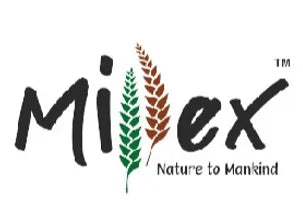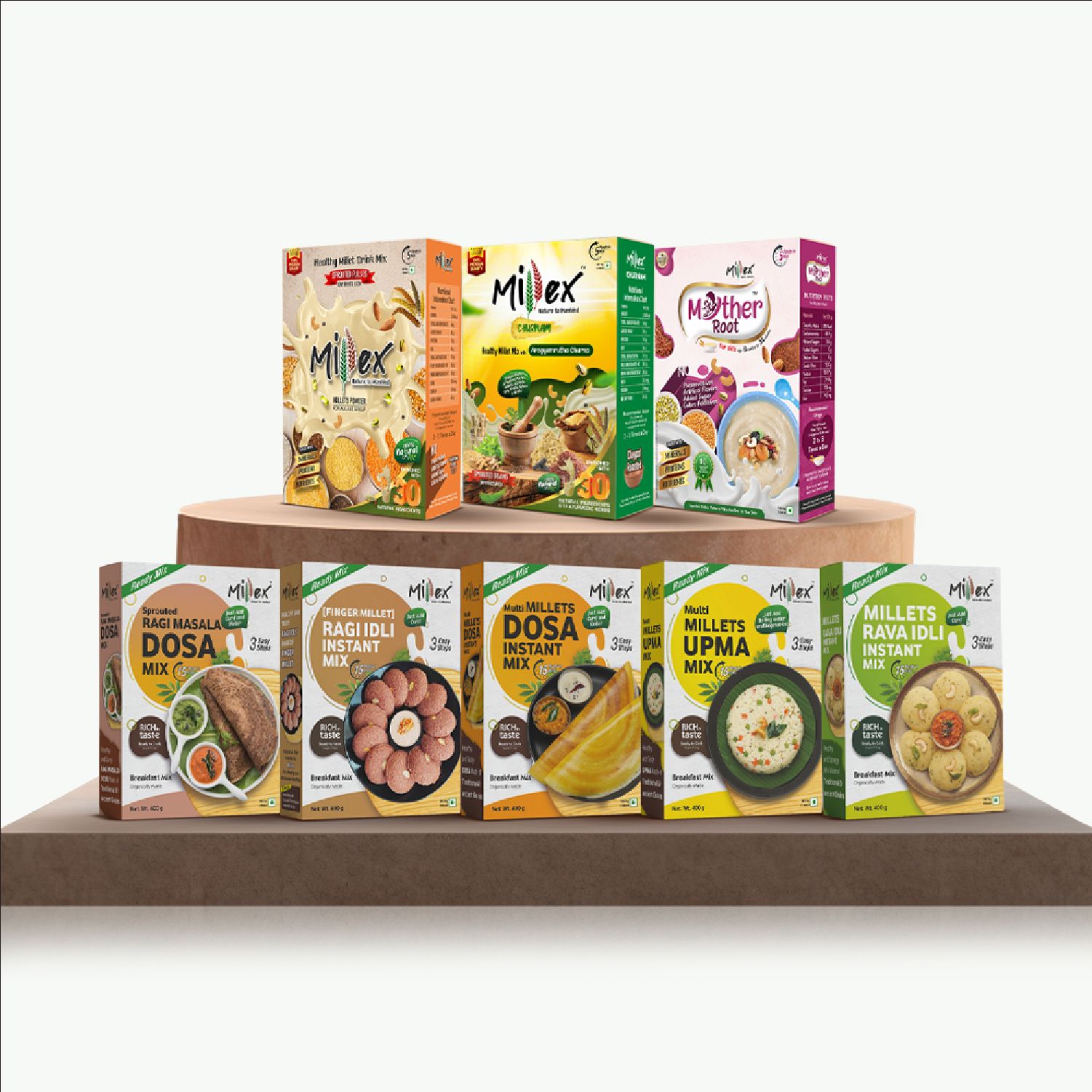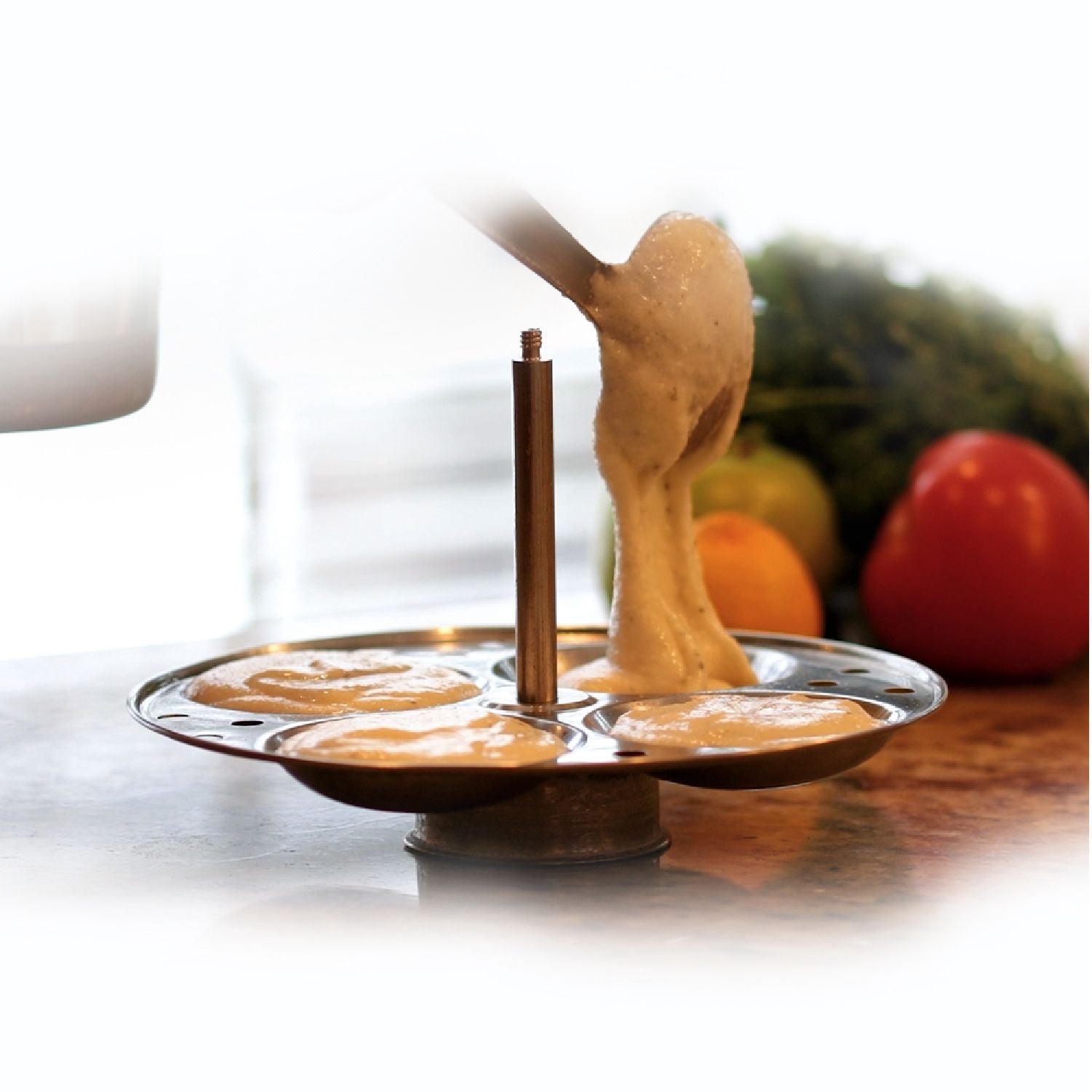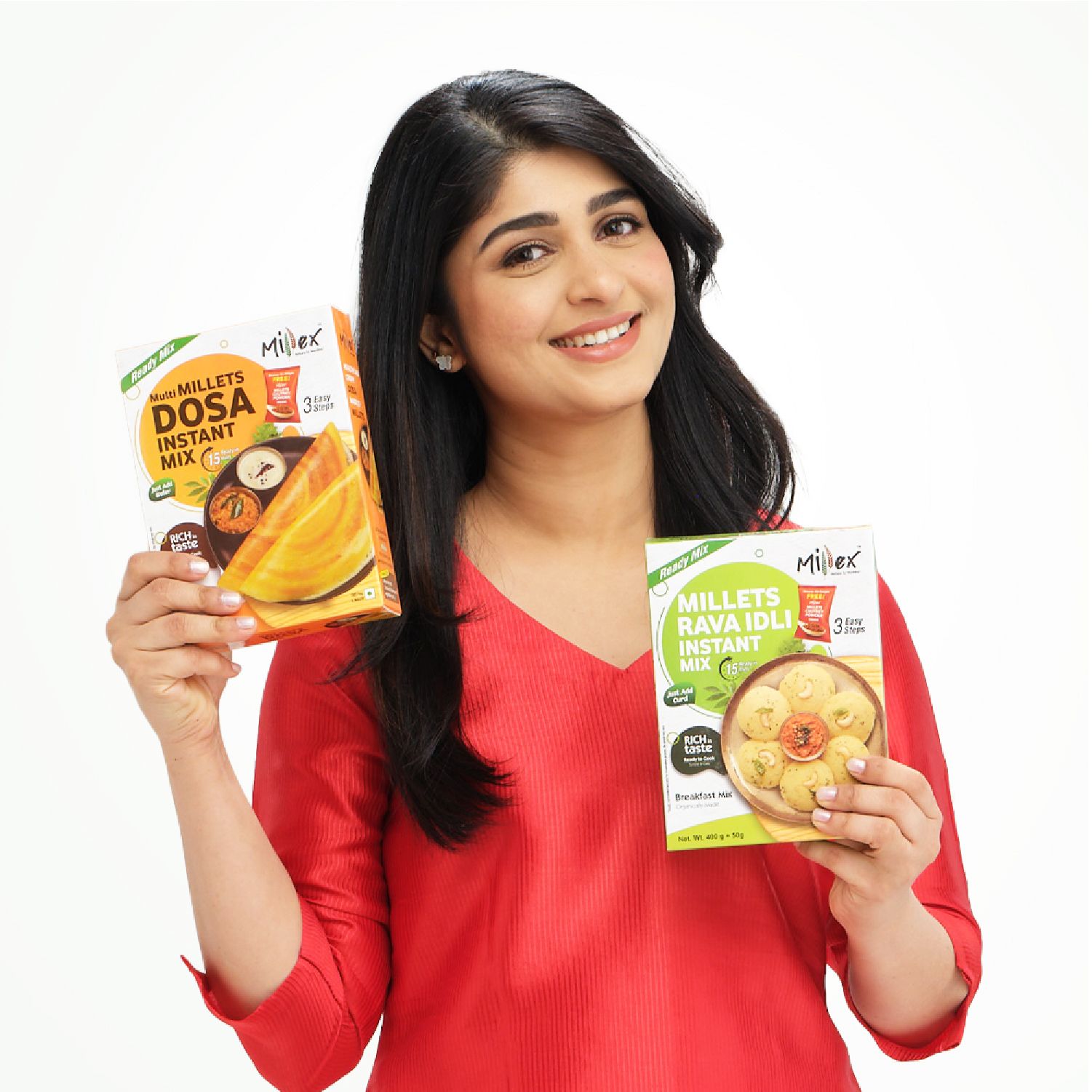Finger millet is commonly known as ragi. It is a nutritious cereal grain primarily grown in Africa and Asia. Recognized for its small, reddish-brown seeds, it gains an impressive nutritional profile that makes it a staple in many diets. Finger Millet products from Millex are rich in calcium, iron, fiber, and antioxidants. It offers numerous health benefits, including supporting bone health, improving digestion, and promoting weight loss. Millex finger millet's versatility in cooking, from porridges to baked goods, makes it a perfect addition to various meals. In this blog, we will dive into the ragi scientific name and its numerous health benefits and explore ways to incorporate this superfood into your diet.
Finger Millet Scientific Name: Eleusine coracana

BUY NOW
Eleusine coracana is Finger millet scientific name. It belongs to the Poaceae family, commonly known as the grass family, and is widely cultivated for its edible seeds. The genus Eleusine has several species, but Eleusine coracana is the important and famous among them. The grain is referred to as ragi in India, nachni in Marathi, and mandua atta in some other Indian languages. Still, its scientific name remains the same as Eleusine coracana worldwide.
Finger millet is known for its ability to grow in harsh climates, particularly in dry, arid regions where other grains might not thrive. It is a hardy crop that can survive with minimal water and poor soil conditions. Because of its resilience and ability to grow in areas with low rainfall, finger millet has earned a place as a staple food crop, especially in countries like India, Ethiopia, and Nepal.
Origin And History Of Finger Millet
Finger millet is scientifically known as Eleusine coracana, and it is believed to have originated in the highlands of East Africa, specifically in regions like Ethiopia, where it was cultivated as early as 5000 BC. From Africa, the cultivation of finger millet spread to other parts of the world, including Asia. In India, it has been a staple crop for centuries, especially in regions with arid climates where other grains struggle to grow.
Historically, finger millet has been a crop of resilience, thriving in dry, drought-prone regions, which made it an important food source for farming communities. Its ability to grow in challenging environments made it especially valuable during periods of water scarcity. Finger millet became a key part of traditional diets across Africa and Asia, providing essential nutrients such as calcium, iron, and fiber. Its longstanding role in these regions underscores its importance in ensuring food security and nutrition for ancient and modern populations alike.
Classification of Finger Millet
Finger millet, scientifically known as Eleusine coracana, belongs to the Poaceae family, which is the grass family. The Poaceae family includes many other cereal crops, such as wheat, rice, and maize. The classification of finger millet can be broken down as follows:
- Kingdom: Plantae
- Division: Angiosperms (flowering plants)
- Class: Monocots
- Order: Poales
- Family: Poaceae (Grass family)
- Genus: Eleusine
- Species: Eleusine coracana
Finger millet is a member of the Eleusine genus, which consists of several species, but coracana is the important and widely cultivated. It is characterized by its small, round seeds that are typically reddish-brown or dark brown, although some varieties may be lighter in color. The plant itself is a grass that grows to a height of 1 to 1.5 meters and produces a panicle containing the grain.
The species coracana has adapted to various growing conditions, including arid and semi-arid regions, and can thrive in poor soils and low-water environments. This resilience has made finger millet an important crop in areas prone to drought, particularly in parts of Africa and Asia. Its classification within the grass family reflects its close relationship with other cereal crops.
Nutritional Benefits of Finger Millet

BUY NOW
Finger millet has long been recognized for its exceptional nutritional profile. Here are some key nutrients and their benefits:
1. High in Calcium
One of the finger millet benefits is its exceptionally high calcium content. Just 100 grams of finger millet contains nearly 350 mg of calcium, which is significantly higher than other grains. This makes it an excellent source of calcium for those who do not consume dairy products. Calcium is essential for healthy bones and teeth, and it helps prevent conditions like osteoporosis.
2. Rich in Fiber
Finger millet is rich in dietary soluble fiber. Fiber is important for healthy digestion as it helps regulate bowel movements, prevent constipation, and support the growth of beneficial gut bacteria. Fibre can help with appetite control and weight management.
3. High in Protein
Finger millet contains a substantial amount of plant-based protein, which is crucial for tissue repair, muscle growth, and overall body maintenance. The protein content in finger millet is relatively high compared to other cereals. It is a great option for vegetarians and vegans who need to supplement their protein intake.
4. Packed with Antioxidants
Finger millet is rich in antioxidants such as polyphenols, flavonoids, and phenolic acids. These compounds help protect the body from oxidative stress, which can damage cells and lead to chronic diseases such as heart disease, cancer, and diabetes. Antioxidants also play a key role in reducing inflammation, which is associated with various health conditions.
5. Source of Iron
Another notable benefit of ragi is its iron content. Iron is essential for the production of hemoglobin in red blood cells, which carry oxygen throughout the body. Iron deficiency can lead to anemia, a condition characterized by fatigue, weakness, and poor concentration. Finger millet is an excellent plant-based source of iron, especially for those who struggle to get enough iron from animal-based sources.
6. Rich in B vitamins
Finger millet is rich in B-vitamins such as niacin (B3), thiamine (B1), and riboflavin (B2). These vitamins are essential for energy metabolism, brain function, and the maintenance of healthy skin, hair, and eyes. Additionally, B vitamins play a critical role in the production of red blood cells.
7. Gluten-Free
For people with gluten intolerance or those who suffer from celiac disease, finger millet is an excellent gluten-free alternative to wheat, barley, and other gluten-containing grains. Its versatility allows it to be used in a variety of gluten-free recipes, making it a great choice for individuals looking to avoid gluten in their diet.
How to Incorporate Finger Millet into Your Diet
Finger millet is a versatile ingredient that can be used in a wide variety of dishes. Here are the simple ways to add ragi into your diet:
- Ragi Flour Porridge: One of the most common ways to enjoy finger millet is by making a warm porridge. Mix ragi flour with water or milk, add a pinch of salt, and cook until thickened. You can add it with honey, jaggery, or fruits to make it sweet.
- Ragi Dosa or Roti: Millex sprouted ragi masala dosa mix can be used to make delicious dosas or rotis. Simply replace the wheat flour with ragi flour for a gluten-free alternative.
- Ragi Malt: Ragi malt is a popular drink in many cultures. To make it, dissolve ragi flour in warm water or milk and let it ferment. This probiotic-rich drink is packed with nutrients and can be a great addition to your diet.
- Ragi Snacks: You can also use finger millet flour to make baked goods, such as cookies, muffins, or crackers. These snacks are gluten-free and can be customized with nuts, seeds, and dried fruits.
- Ragi Flour Pancakes: Make light and fluffy pancakes using ragi flour, which can be topped with fruits, nuts, or a drizzle of honey.
- Ragi Porridge with Vegetables: For a savory option, cook Millex ragi idli instant mix with vegetables like carrots, peas, and tomatoes. Add spices like cumin, coriander, and turmeric to make a nutritious, savory porridge.
Start Your Day Right with Millex Instant Ragi Mix Products

BUY NOW
Millex offers organic finger millet (ragi) products that are rich in essential nutrients like calcium, iron, fiber, antioxidants, and B vitamins. Known scientifically as Eleusine coracana, this gluten-free superfood is perfect for those with dietary restrictions and ensures sustained energy throughout the day. Millex's range includes convenient instant mixes, porridge, flour, and more, making it easy to add finger millet to your meals.
Are you looking to manage weight, support heart health, or improve digestion? Consider finger millet for weight loss as it has high fiber content. With added benefits like enhanced immunity and gut health support, Millex's organic finger millet is a delicious, nutrient-packed alternative to traditional grains. Enjoy a healthier lifestyle with Millex today!






